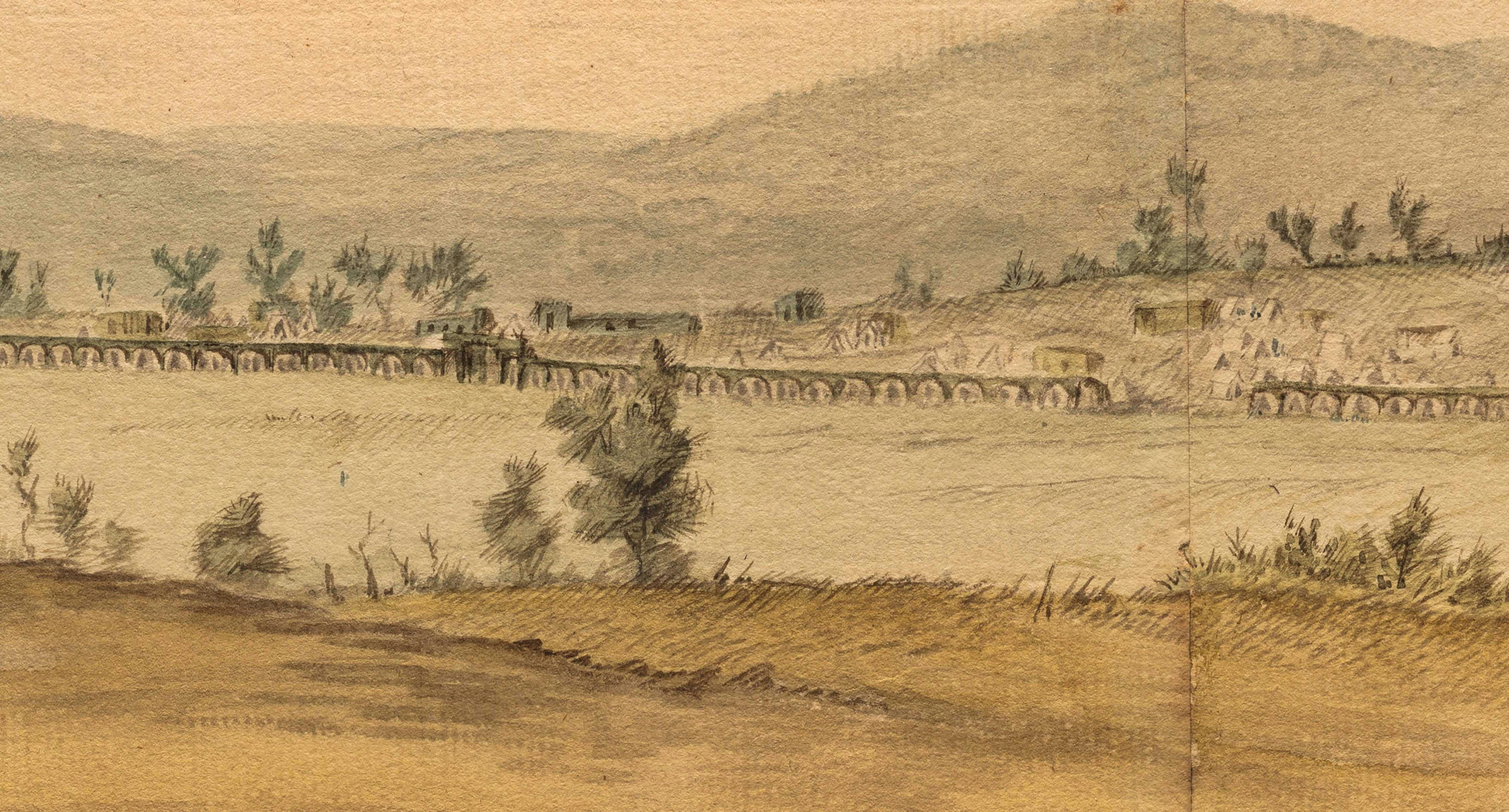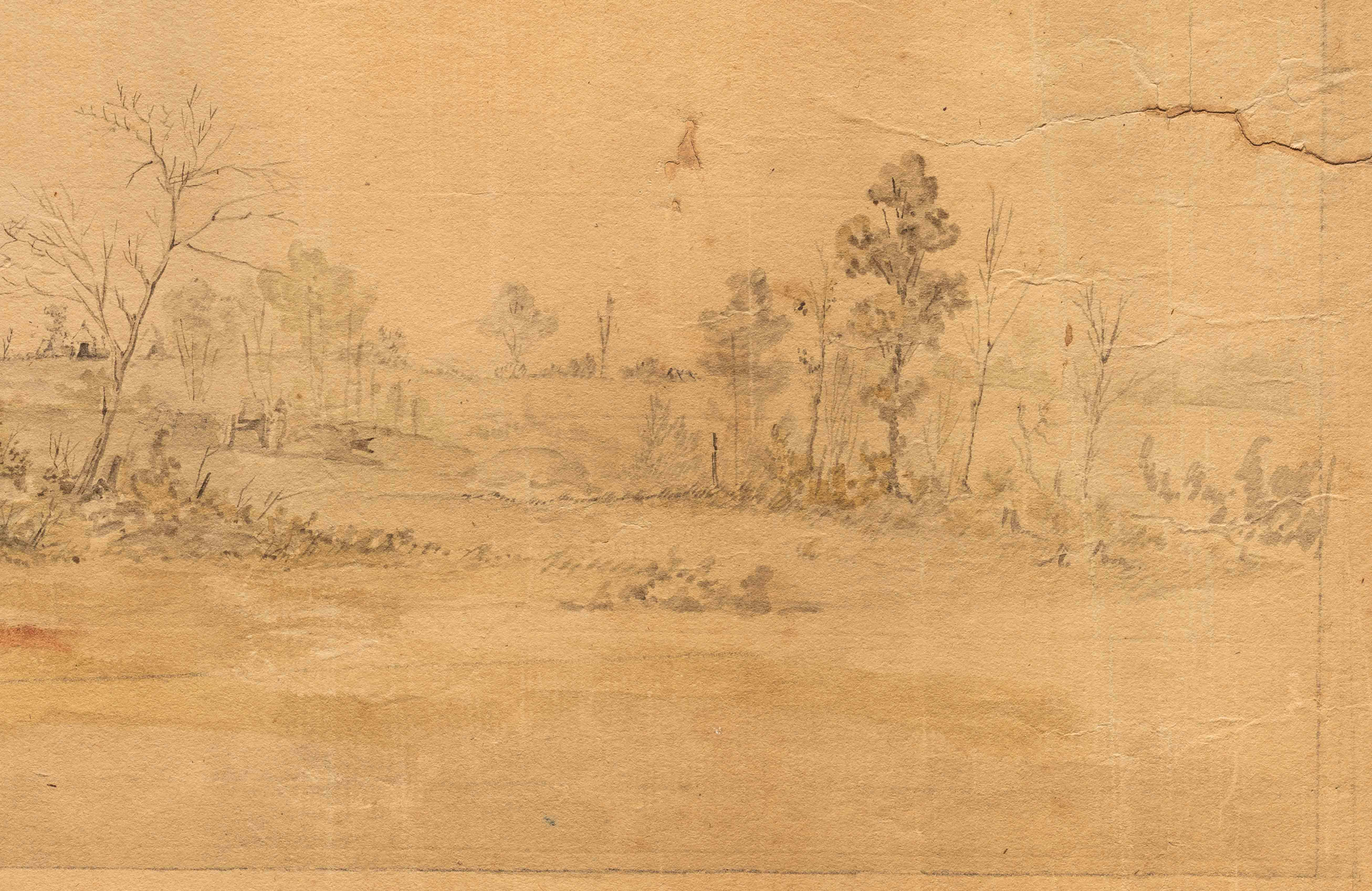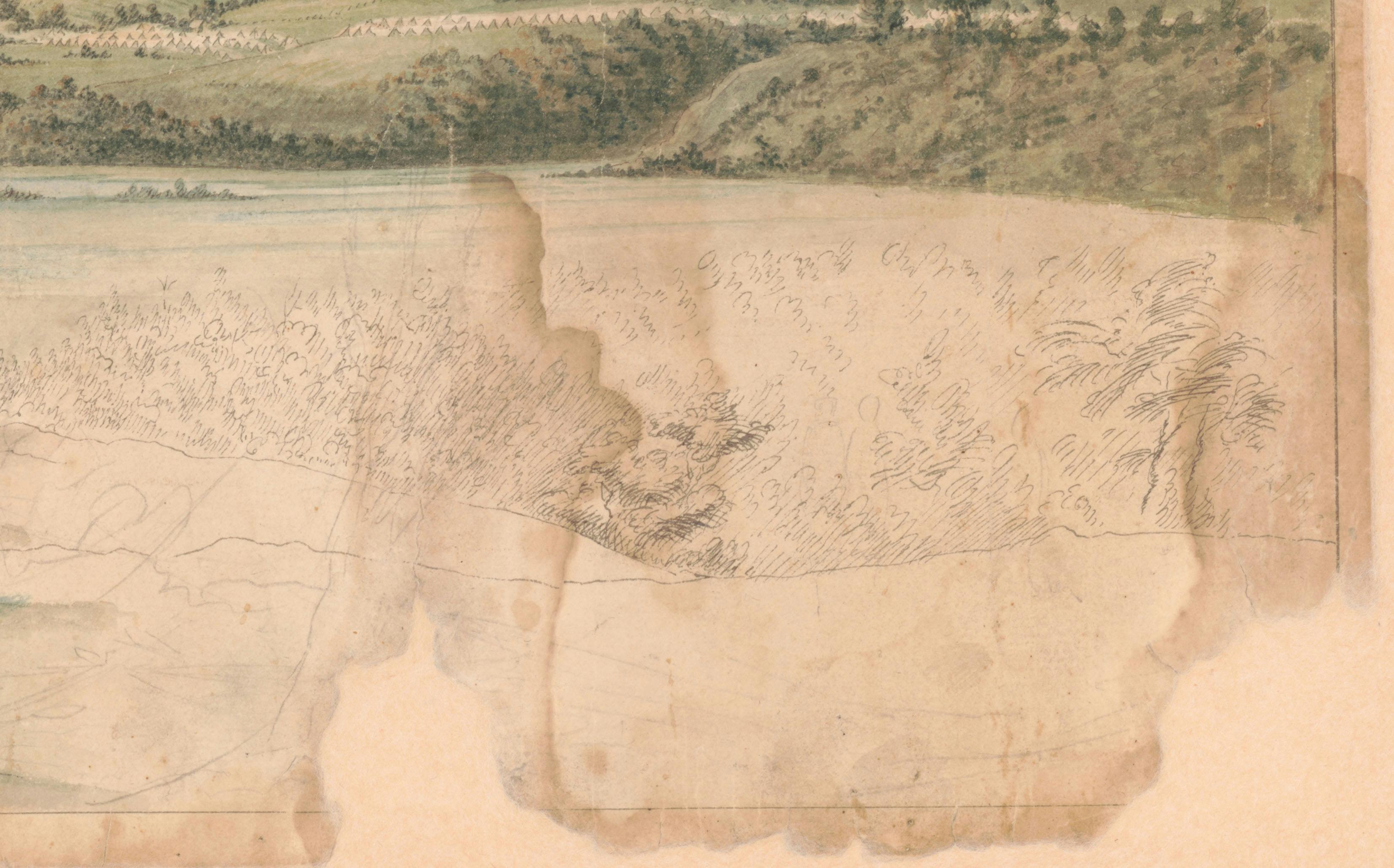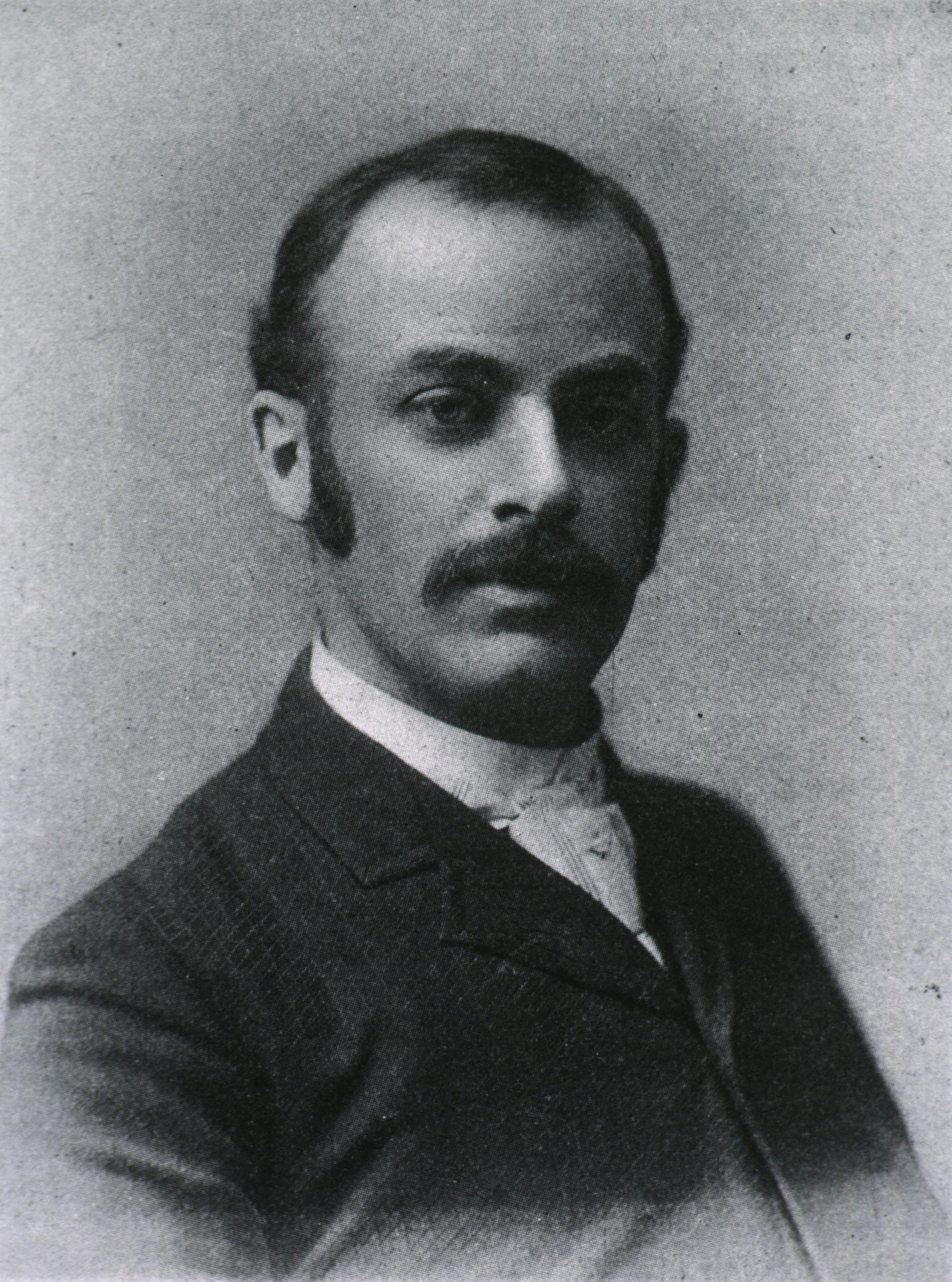Discovery
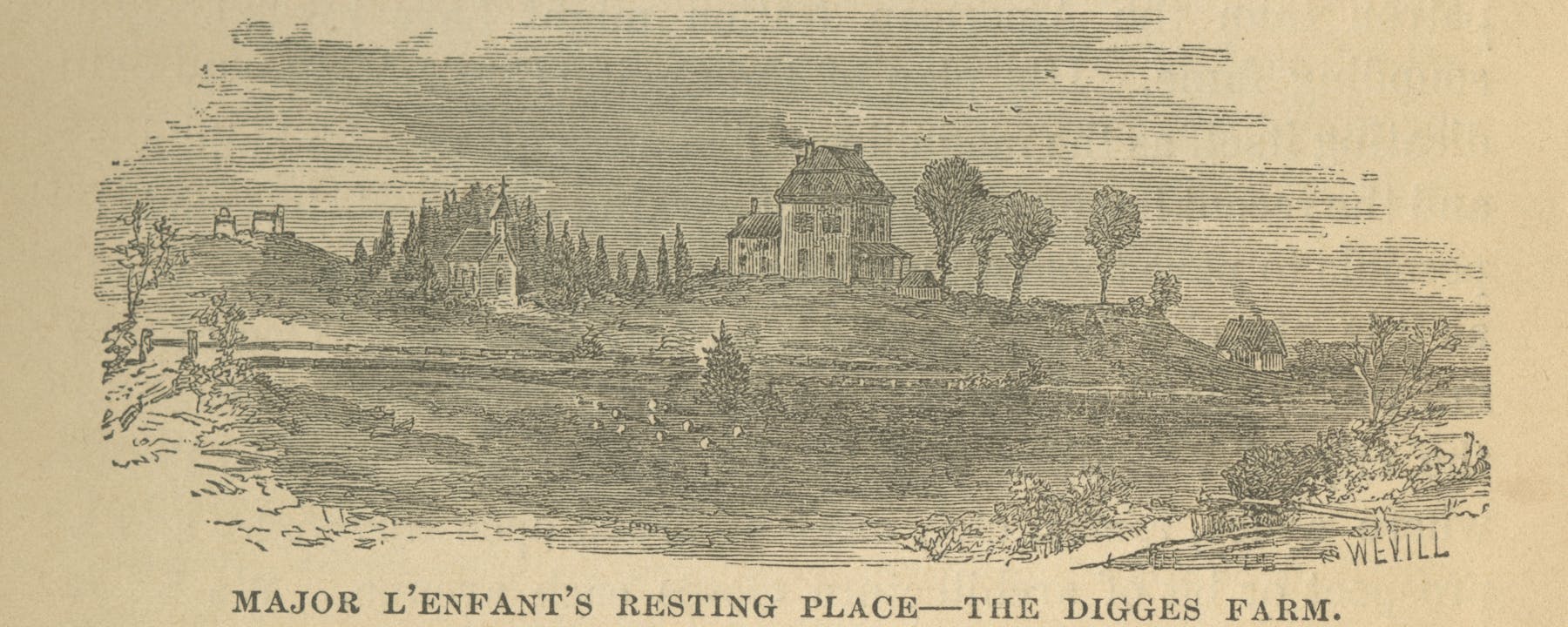
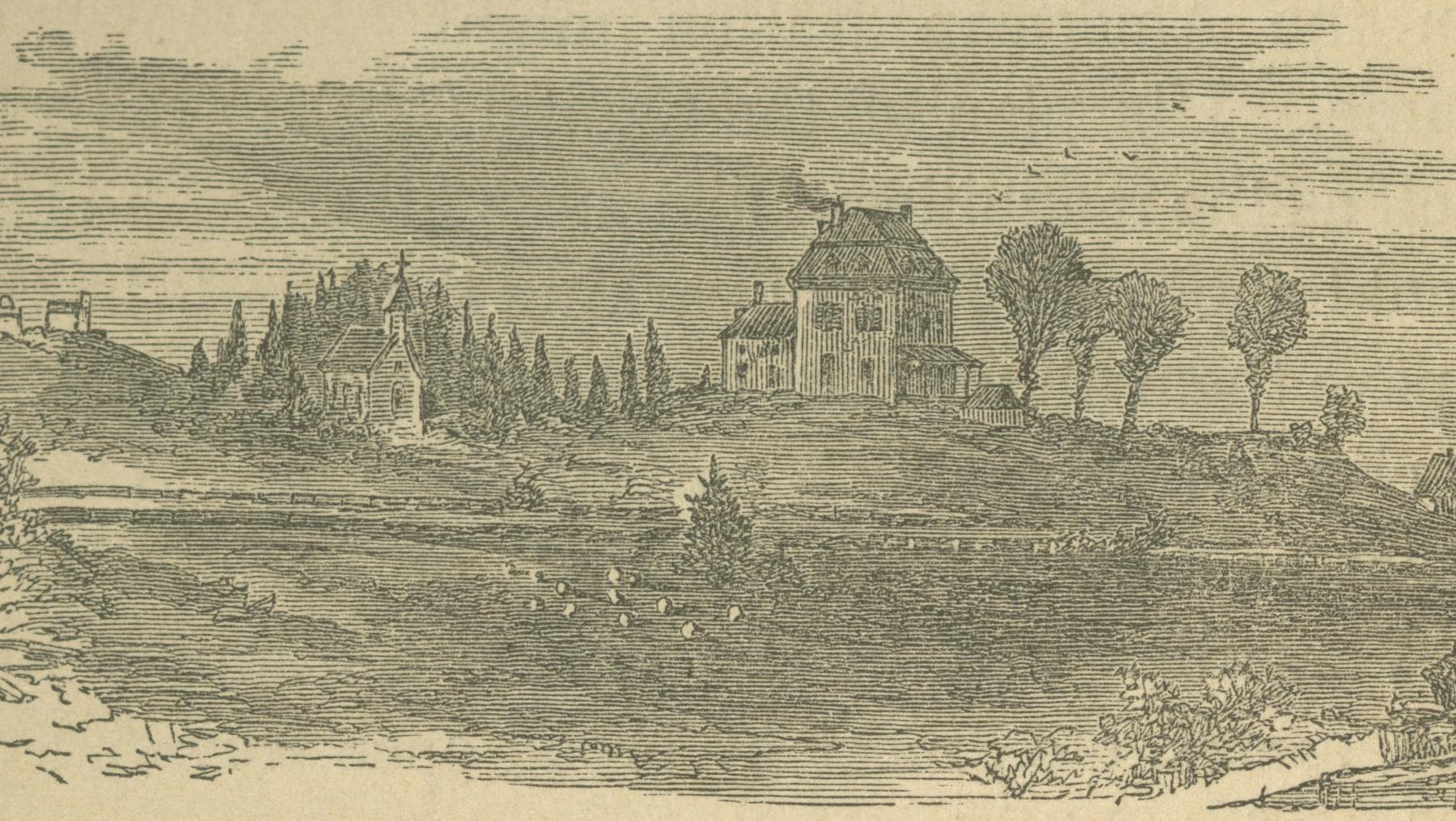
The Museum of the American Revolution’s newly discovered watercolor of the encampment at Verplanck’s Point is one of two known panoramic views of the Continental Army in camp, both of which army engineer Captain Pierre Charles L’Enfant created in 1782. When the Museum’s curators first saw the watercolor of Verplanck’s Point for sale at auction, they immediately saw similarities to L’Enfant’s panorama of West Point owned by the Library of Congress. An investigation of other original sources—diaries, letters, army orders, and maps—helped date both scenes to a narrow time period of three months, August through October 1782. Further study of the Verplanck’s Point watercolor’s provenance and a small ink inscription on the back confirmed that L’Enfant painted it during the Revolutionary War. The Museum’s discovery provides modern audiences with a glimpse into the highest professional moment of the Continental Army, the artistry of Pierre Charles L’Enfant, and a new eyewitness view of George Washington’s war tent.
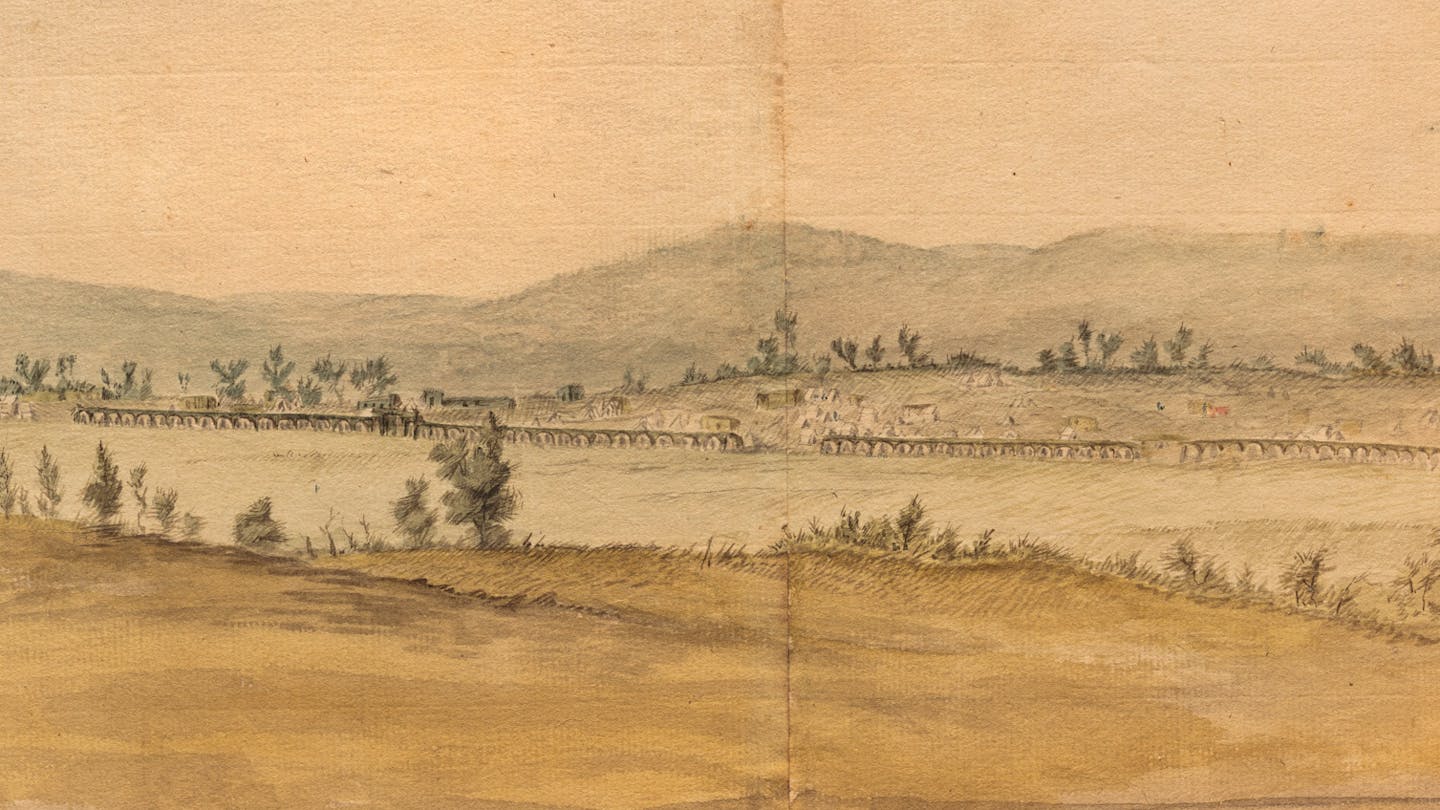
Painted Details
After purchasing the Verplanck’s Point watercolor, the Museum’s curators visited the Library of Congress to compare it to Pierre Charles L’Enfant’s 1782 painting of West Point. Both images showed evidence of being sketched with pencil, ink, and fine brushstrokes before being finished with shading and color. Similarities between the brushstrokes and ink lines of the two—for example the diagonal shading lines, and the small strokes to suggest distant soldiers carrying muskets—strongly supported that L’Enfant created both images. Both paintings show an engineer’s attention to detail. Look closely at the details in each watercolor using the images below. Do you notice the similar diagonal brushstrokes on the trees and landscape? Do you see the similar angled strokes to represent distant soldiers carrying muskets? Also, look at the horse in the unfinished corner of the West Point watercolor. Do you see evidence of the same methods of sketching and painting in the Verplanck’s Point watercolor?
Image Credit: Museum of the American Revolution, Gift of the Landenberger Family Foundation
Where have they been?
Both the Verplanck’s Point and West Point watercolors have a similar history of ownership, or provenance. The auction listing noted that the Verplanck’s Point watercolor was “found among the papers of Thomas Digges.” Pierre Charles L’Enfant spent the final years of his life living as a guest first on the large estate of Thomas Attwood Digges and later at the estate of his nephew, William Dudley Digges, near Washington, DC. In 1825, L’Enfant died penniless at Green Hill, the Maryland estate of William Dudley Digges. After his death, L’Enfant’s papers, including these watercolor paintings, remained with different branches of the Digges family. In 1920, most of the Digges family papers, along with much of L’Enfant’s correspondence, were given to the Library of Congress by Dr. James Dudley Morgan, the grandson of William Dudley Digges. Morgan’s bequest included the West Point watercolor, but not the Verplanck’s Point painting. It is still a mystery as to when and why the watercolors were separated.
Handwriting
An ink inscription discovered on the back of the Verplanck’s Point watercolor firmly connects the painting to L’Enfant’s hand. The inscription reads “Verplanck point camp.” The handwriting matches L’Enfant’s own penmanship. Below, compare L’Enfant’s handwritten “K” from a letter he wrote to Congress in 1800 and the inscription on the back of the Verplanck’s Point watercolor. Two details suggest that they are written by the same person. First, the two “Ks” have a very distinct curve at the top. Also, the writer of both always capitalizes the letter “K,” even in the middle and end of any word it is used in. These details confirm that the inscription on the watercolor is in L’Enfant’s hand and is further evidence that he painted the panorama.
Conservation
Immediately after the Verplanck’s Point watercolor arrived at the Museum, the staff began to make plans for its conservation. Conserving the watercolor helped the Museum prepare it for framing and display, while contributing to its long-term preservation.
The watercolor was originally produced by Pierre Charles L’Enfant on five panels. At some point in the 1900s, a previous owner had backed the entire series together on six pieces of Japanese paper and then attached the whole panorama together to a library folder. The pieces were then hinged at the attachments to fold together, so that the pages could be stored like a book. Conservators had to detach the image from both the library covers and the paper backing. The painting had also suffered some discoloration, which might have resulted from substances that were harming the paper or the paintings, so this also had to be addressed.
To do the meticulous work, the Museum contracted with Corine McHugh, a paper conservator in Philadelphia. After examining the watercolor’s condition and mounting, she proposed a treatment that would remove the artwork from the library folder and lightly clean it. She began by removing the last panel from the library folder, separating the whole watercolor from the cover boards. Then the linen backing that ran the width of the watercolor was removed, leaving six individual panels. Each was backed in a thick layer of Japanese paper. McHugh then painstakingly removed the layers of Japanese paper from every panel and gently cleaned the bottom margins and sky sections. The panels were humidified and then individually placed on a suction table, which slowly pulled particulates out of the paper without harming the watercolors. Once cleaning was completed, areas of loss were filled in and the panels were laid side by side, reattached and backed with new conservation paper.


